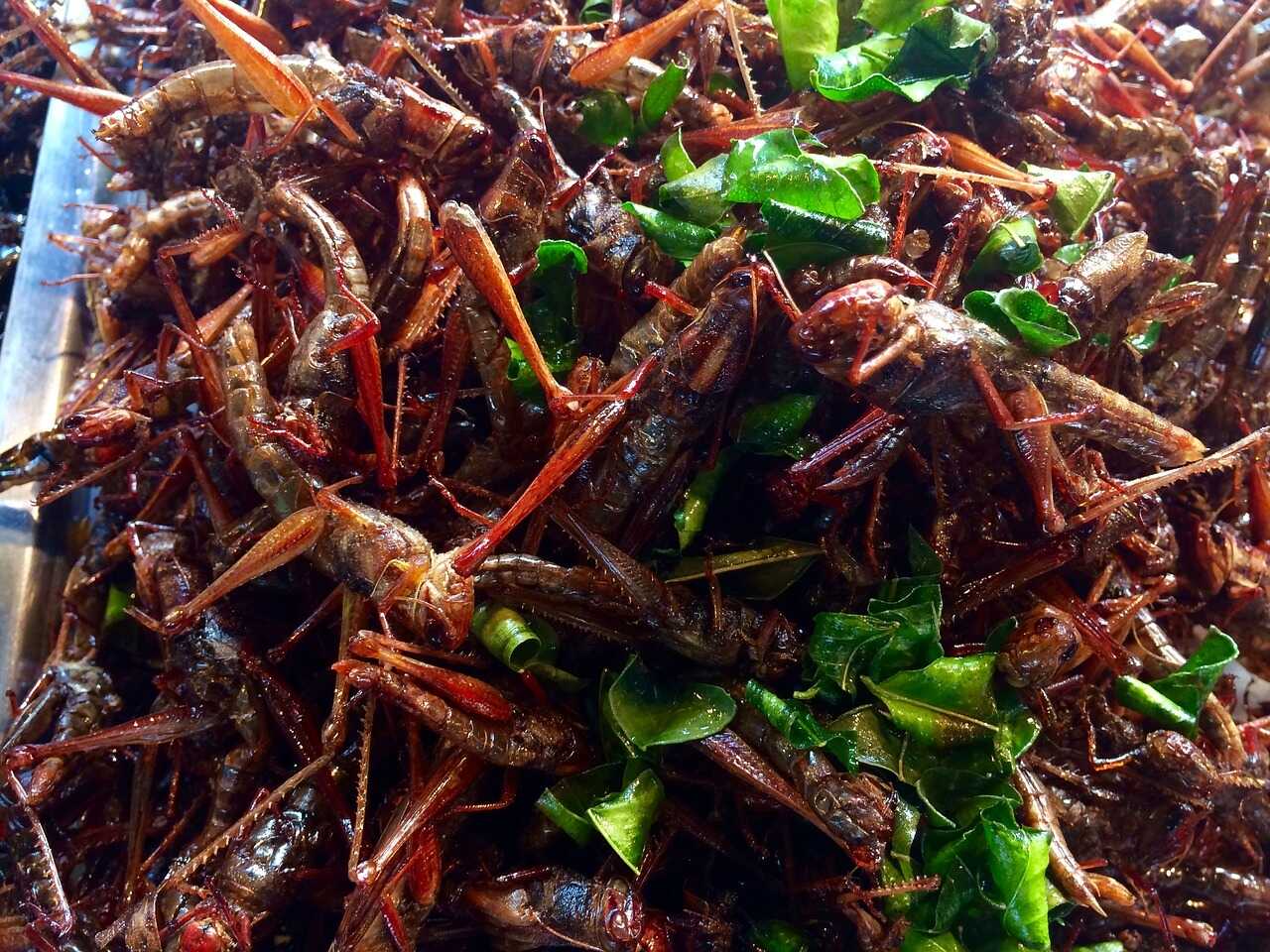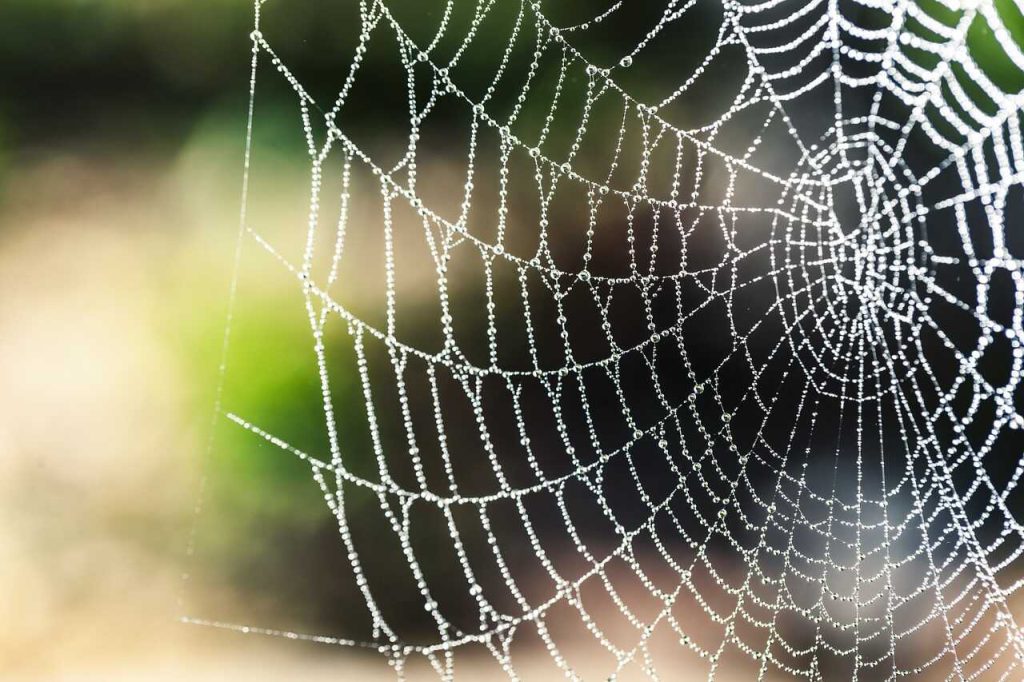I am not the biggest fan of creepy crawlies. Insects like spiders, ants, and centipedes make my skin crawl. As a tropical country, you may find that insects in Thailand are different from those in your country. Now, I am no expert on this subject, so I always assume that insects I come across in my day are poisonous and dangerous. That probably isn’t true, but I don’t want to take any chances.
Anyway, back to the subject at hand. If you are interested in learning more Thai vocabulary and are the type of person who keeps a spider as a pet, then maybe covering the names of insects in Thai will be of interest to you.
The World Of Thai Insects
I think you will find that people in Thailand not as afraid of these tiny creatures as the average person is in Western countries. While you will still find the odd arachnophobe, those who have lived in remote areas and on farms are surrounded by them every day. They also know how to avoid bites and otherwise protect themselves from insects in Thailand.
Is It True That They Eat Insects In Thailand?
Interesting question. But, before we move on to an answer and learn the Thai insect vocabulary, maybe we should have a quick snack. We have talked a lot about Thai cuisine in the past, including meats and fruits. But there is one area we have covered yet – Thai insects. More specifically, fried Thai insects.
If you stop by any market in the country, you are likely to come across a small stall with an array of insects ready to be fried, seasoned, and eaten. Would you give it a try? I don’t blame you if you wouldn’t but actually, it is not so bad. In fact, if you are trying your best to be eco-friendly on your travels in Thailand, eating insects may be the best choice.

There are some common examples to be found: crickets, silkworm larvae, and more. In some of the more touristy areas (including some areas of the capital), there will be people offering the likes of scorpions and large spiders. I can’t bring myself to try them, so please let me know how they are if you have given them a taste. Anyway, let’s move onto the names of insects in Thailand.
Names Of Insects In Thai
For the record, this is far from an extensive list of Thai insects. There is just a selection that I think are noteworthy or otherwise worth pointing out. So, whether you want to be an insect expert or you need to know their names when calling an exterminator, here is a list of some common Thai insects.
Ants
Ants are everywhere. Known as ‘moht’ (มด) in Thai, you will likely find them wherever you go. Whatever you do, make sure you properly seal any food you have laying around. Otherwise, the crafty ants will make their way into them.
There are also ‘moht daeng’ (มดแดง) which, if you remember your colors in Thai, are red ants. These ones bite, so watch where you are stepping with your flip flops on.
Spiders
Spiders come in all shapes and sizes in Thailand. Known as ‘maeng moom’ (แมงมุม) in Thai, there is a range of different species in the country. They range from the small and deadly black widow to the largest of them all – the brown recluse.
As with most bugs in Thailand, or anywhere for that matter, the more plants and trees in your area, the more of these creatures will be about.
Centipedes
Probably the most scary-looking of them all is the centipede. Centipedes are known as ‘ta khahp’ (ตะขาบ) in Thai. They are these really bright colors, hundreds of legs, and can grow to massive sizes.
Not only do they look bad (in every sense of the word), they also have a rather painful bite. So, not only do you have to live with the fact that one of these touched you, but you also have to deal with the pain. Just so you know, these are not eaten as they are technically poisonous.
Scorpions
I am not sure how common scorpions are in Thailand, but they seem to find them somewhere and cook them up to snack on. Scorpions are known as ‘maeng pong’ (แมงป่อง) in Thai. If they get you with their stinger, it is quite painful, so keep a lookout for them if you are in forests and the areas of banana plantations.
You know, I have never seen a live scorpion in my life. They are supposedly present all over the country, so maybe I am just lucky. I would like to keep it that way, whatever the case.
Crickets
Here we have a less scary, more interesting bug. Crickets are known as ‘jing reet’ (จิ้งหรีด) in Thai, and from what I understand, they are very plentiful in the farmlands.
They are quite widely eaten. They are very high in protein, so they are a good choice for those looking to get their daily protein fix. Unfortunately, though, the oil they are fried in may not be the best quality, which takes away a lot of the health benefits.
These are the ones you hear late at night, making a chirping sound. I actually quite enjoy the sound, as it makes me feel close to nature.
Grasshoppers
As much as they look the same, grasshoppers – ‘ta ka taen’ (ตั๊กแตน) in Thai – are quite different from crickets. First, there is their size, which is the most obvious difference. Then, there is their taste. Grasshoppers taste more like those small shrimp, while crickets have a more nutty flavor.
Scared Of Thai Insects?
Part of the joy of traveling is discovering the different wildlife of the areas you visit. I guess that insects in Thailand count as a part of the wildlife, so make of that what you will. In terms of the adventure of learning Thai, insects are a fact of life (especially the ants) and so knowing what they are called is probably worthwhile. Just make sure you know which ones to be wary of.
Looking for more interesting Thai vocabulary? Try out the Ling Thai app, which presents you with tests and challenges to make language learning fun and engaging.















